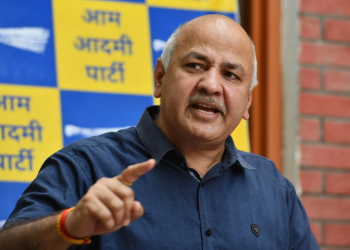The cultivation of opium poppy as a medicinal plant has a long history in Afghanistan. The milky sap extracted from the seed pods is dried to produce raw opium, an effective remedy for severe pain. Today, opium is used primarily as an intoxicant and as a raw material for the production of stronger drugs like prescription painkillers and heroin.
In the last harvest season, which ended in July, an estimated 6,800 tons of opium were produced in Afghanistan. This was an 8% increase over 2020, according to a recent report by the UN Office on Drugs and Crime (UNODC).
According to the report, Afghanistan accounts for 85% of global opium production, and Afghan opiates supply 80% of users worldwide.
The UNODC has calculated that the opium business will have generated between $1.8 billion and $2.7 billion (euro 1.6 billion and euro 2.4 billion) in Afghanistan in 2021, about one-tenth of Afghanistan’s economic output.
The agency said the Taliban takeover in August 2021, and the resulting protracted economic uncertainty drove opium prices in August and September to new highs. “This strengthens the incentive for opium cultivation,” the report said.
‘Everything under control?’
“Opium production in Afghanistan will continue to increase,” says a former Afghan army officer under the condition of anonymity. “Growing opium is a secure source of income for farmers and many unemployed people who are now returning to their villages from the cities,” says the army officer, whose identity is protected for security reasons. Up until the Taliban takeover, the officer belonged to a special unit of the Afghan army tasked with fighting drug-related crime.
“We didn’t have everything under control at the time,” the officer admitted. “Especially in remote areas, the Taliban had more influence and protected farmers growing opium poppies. If the Taliban wanted to, they could hinder opium production — they’ve done that before.”
During the Taliban’s first period of rule from 1996 to 2001, they cracked down on opium production, which consequently dropped to 185 metric tons in 2001. However, after the Taliban were toppled from power that year, opium production shot up again.
Even today, the Taliban claim they want to combat opium cultivation and drug trafficking in Afghanistan. After taking power in August, the Taliban announced their intention to reduce opium production to zero.
However, the Taliban are known for using the drug trade to finance militant operations. According to the US government, they generate up to 60% of their annual revenue from growing and trafficking drugs.
Opium trade likely to continue
Thomas Ruttig of the Afghanistan Analysts Network said the Taliban are not the only factor driving the drug economy in Afghanistan in recent years. “The previous government struggled with the Taliban for influence in rural areas, and many of its people were directly involved in drug smuggling,” he said.
The analyst said Western troops in Afghanistan often worked with warlords, commanders and government officials who were involved in the drug trade, and rarely did anything to stop it. Ruttig added that he does not think the Taliban are serious about wanting to reduce opium production in Afghanistan to zero. “They don’t want to do it, and they can’t do it, because they would lose key rural supporters,” he said.






















